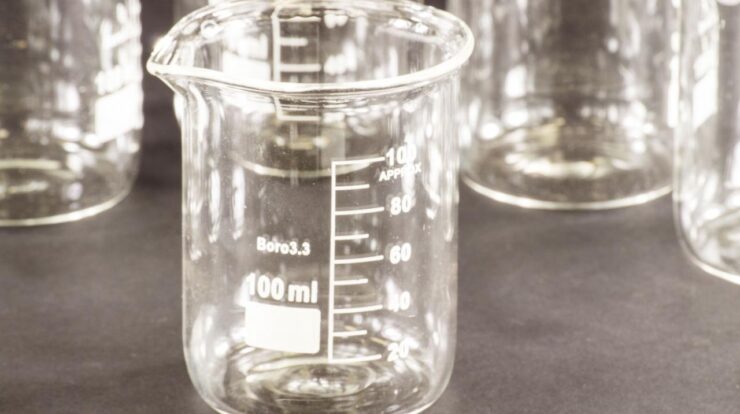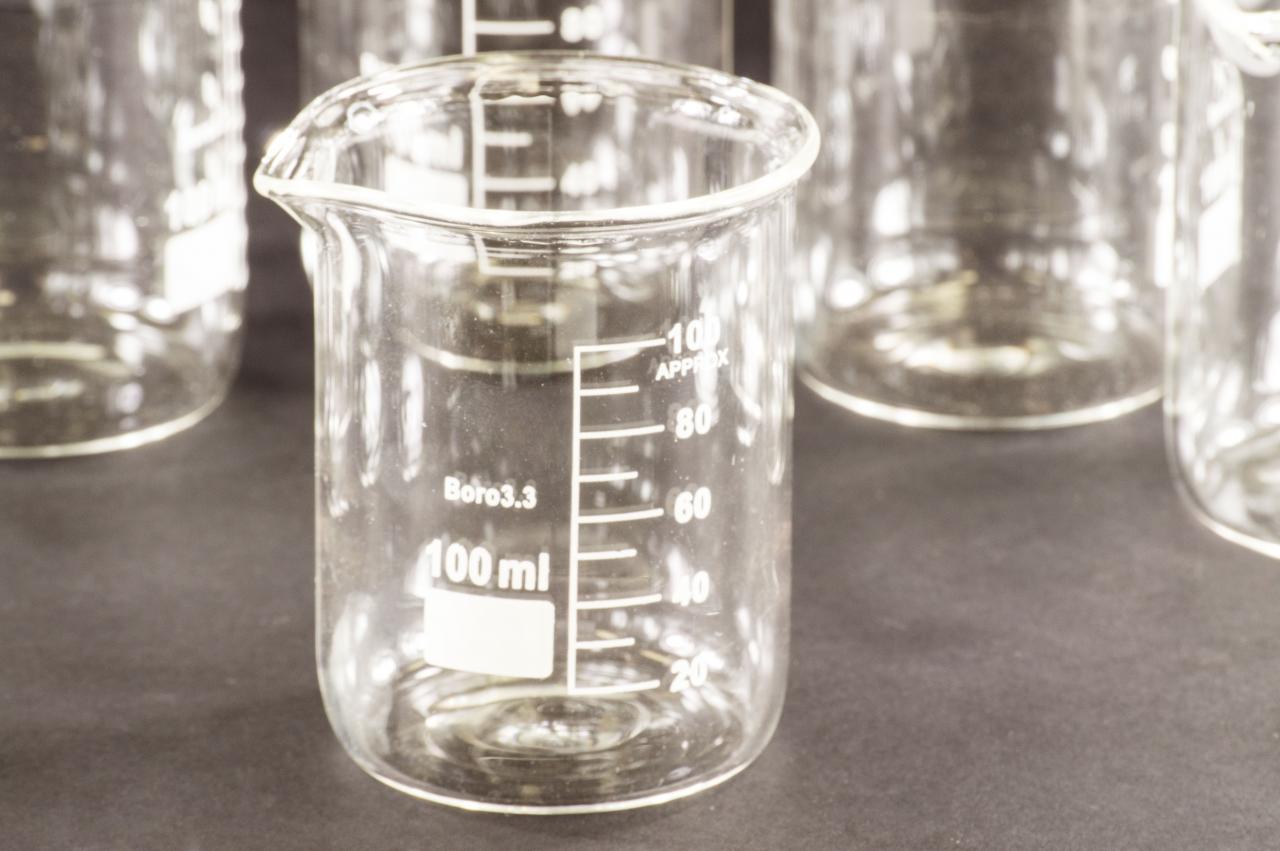
Beaker meaning encompasses a diverse range of definitions and applications, spanning scientific, industrial, and everyday contexts. From its etymological roots to its historical significance, the beaker holds a unique place in the world of scientific exploration and beyond.
In this comprehensive guide, we delve into the multifaceted nature of beakers, exploring their various types, functions, materials, and safety considerations. We also uncover the cultural and symbolic meanings associated with beakers, shedding light on their role in art, literature, and mythology.
Definition and Etymology

The term “beaker” refers to a cylindrical glass or plastic vessel with a flat bottom and a spout, commonly used in laboratories and various scientific disciplines.
Etymologically, the word “beaker” originates from the Middle English word “bekir,” meaning “drinking cup” or “beaker.” This term, in turn, evolved from the Old English word “becere,” which denotes a vessel for holding liquids.
Types of Beakers: Beaker Meaning
Beakers come in a diverse range of types, each designed for specific applications. These variations are primarily categorized based on their shape, size, material, and intended use.
The most common types of beakers include:
- Griffin beakers:Characterized by their conical shape with a spout and a wide base, Griffin beakers are ideal for mixing, stirring, and heating liquids.
- Berzelius beakers:Similar to Griffin beakers, Berzelius beakers have a conical shape but feature a spout that is higher up, making them suitable for precise liquid dispensing.
- Erlenmeyer beakers:Designed with a conical shape and a narrow neck, Erlenmeyer beakers are primarily used for titrations and other procedures requiring accurate volume measurements.
- Phillips beakers:Featuring a tall, cylindrical shape with a spout, Phillips beakers are commonly employed for measuring and mixing liquids, as well as for decanting.
Functions and Applications
Beakers serve a multitude of functions in scientific, industrial, and everyday settings:
- Mixing and stirring:The wide base and spout of beakers facilitate efficient mixing and stirring of liquids, making them indispensable for preparing solutions and reagents.
- Heating:Beakers can withstand moderate heat, allowing them to be used for heating liquids and performing reactions that require temperature control.
- Measuring:Graduated beakers are calibrated with volume markings, enabling precise measurement and dispensing of liquids.
- Titrations:Erlenmeyer beakers are specifically designed for titrations, a technique used to determine the concentration of a solution.
Materials and Manufacturing
Beakers are typically manufactured using various materials, each offering unique properties and advantages:
| Material | Properties | Advantages |
|---|---|---|
| Glass | – Transparent, allowing for easy observation of contents- Chemically inert, resistant to most reagents- Withstands high temperatures | – Suitable for a wide range of applications- Can be sterilized and reused- Precise volume measurements |
| Plastic | – Lightweight and shatter-resistant- Disposable, eliminating cleaning and sterilization- Available in various colors for easy identification | – Convenient for single-use applications- Ideal for field work or mobile laboratories- Cost-effective |
| Metal | – Durable and resistant to breakage- Can withstand high temperatures and pressures- Suitable for specialized applications, such as reactions involving corrosive chemicals | – Long-lasting and reliable- Can be used for demanding experimental conditions- May require specialized cleaning and maintenance |
Last Word
In conclusion, the beaker stands as an indispensable tool in the pursuit of scientific knowledge and innovation. Its versatility, functionality, and historical significance make it a cornerstone of modern science. Understanding the multifaceted nature of beaker meaning allows us to appreciate the rich history and ongoing relevance of this essential laboratory equipment.
Essential FAQs
What is the primary purpose of a beaker?
Beakers are primarily used for mixing, measuring, and heating liquids in scientific and industrial settings.
What are the different types of beakers?
Beakers come in various shapes, sizes, and materials, including Griffin beakers, Berzelius beakers, and flat-bottom beakers, each designed for specific applications.
What safety precautions should be taken when using beakers?
Proper handling and safety precautions are crucial when using beakers, including wearing protective gear, avoiding thermal expansion, and handling chemicals with care.





